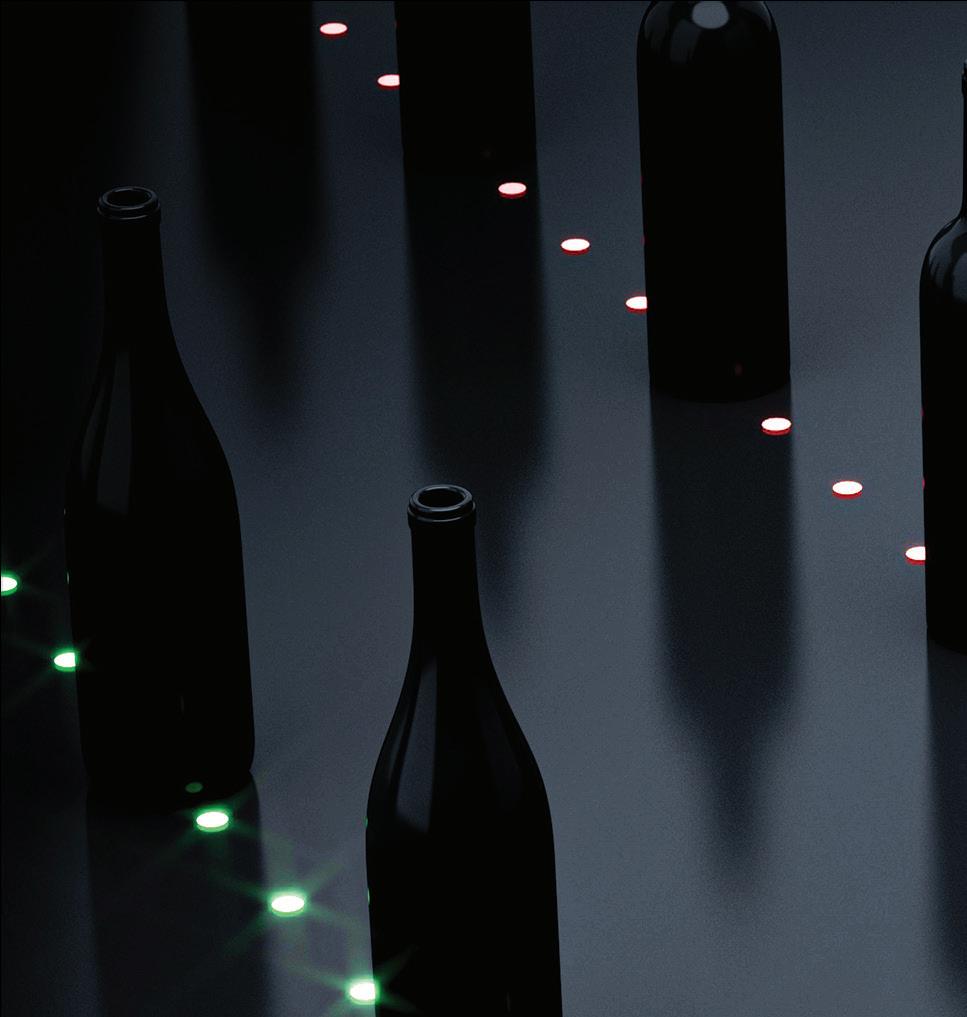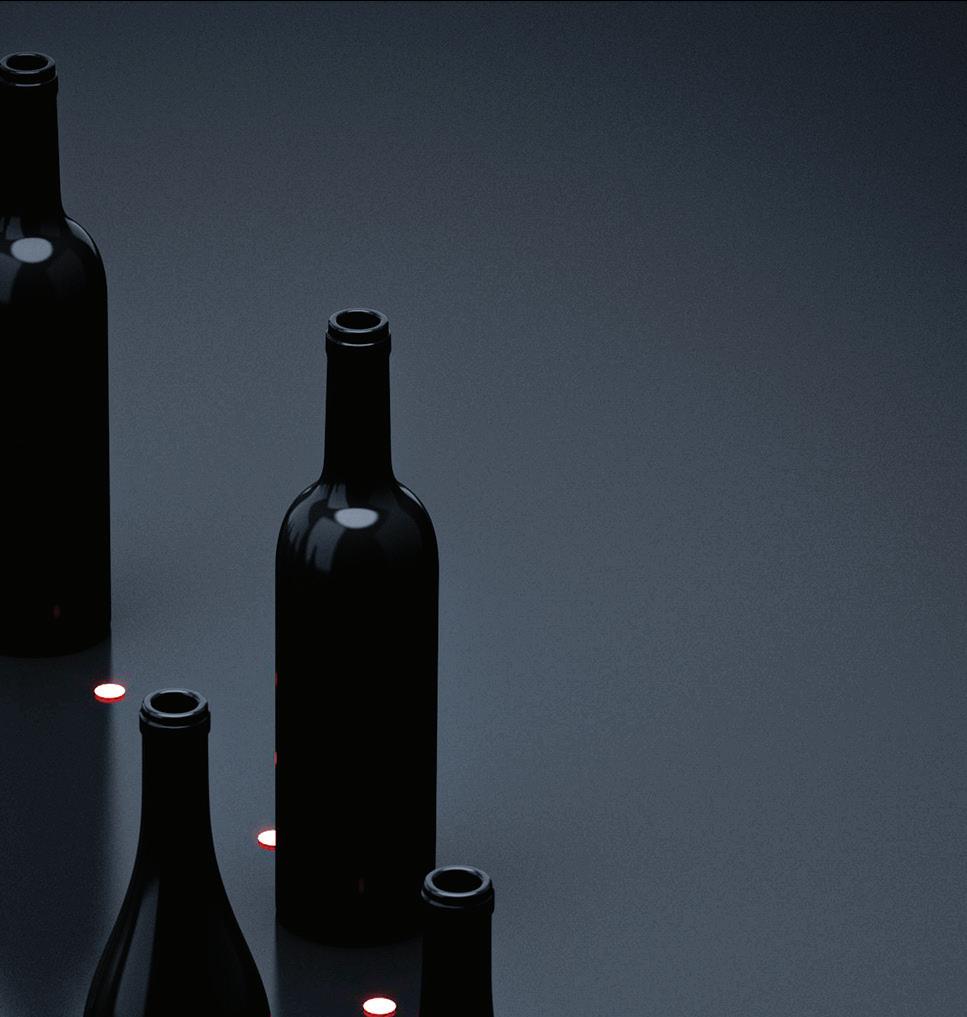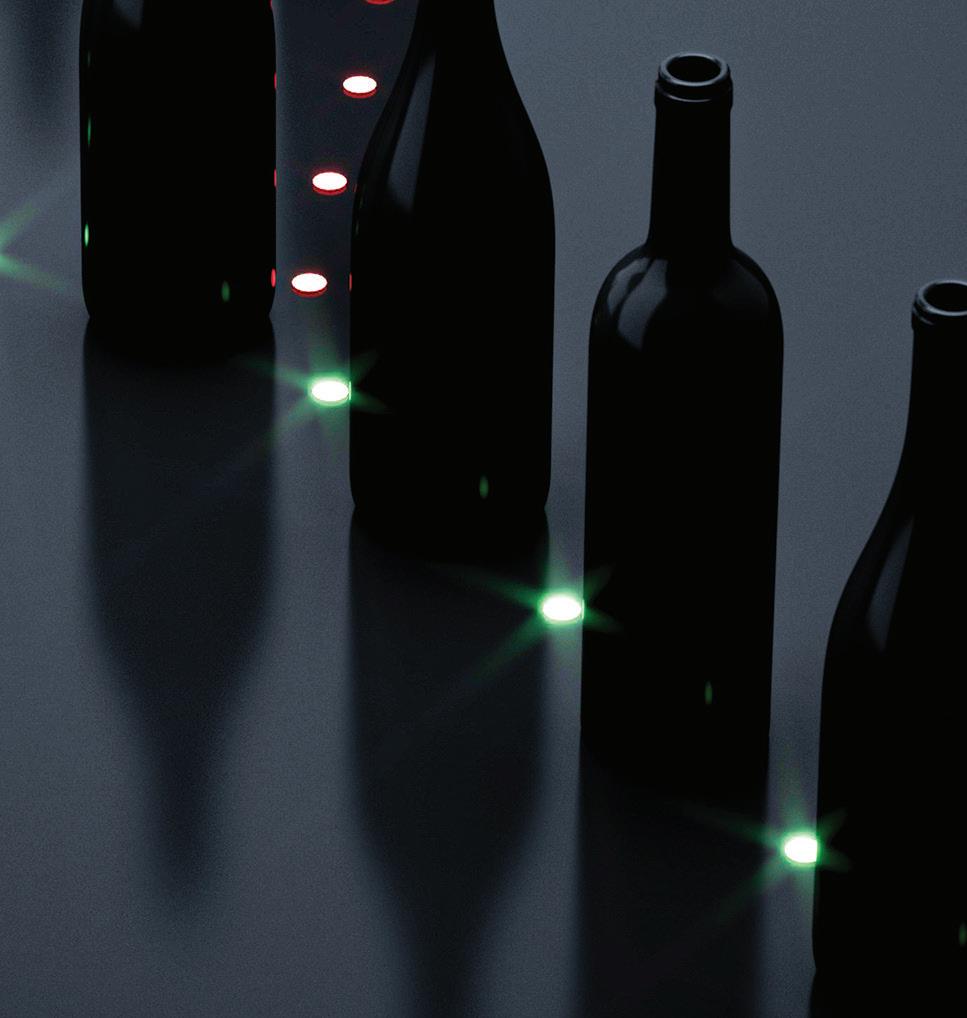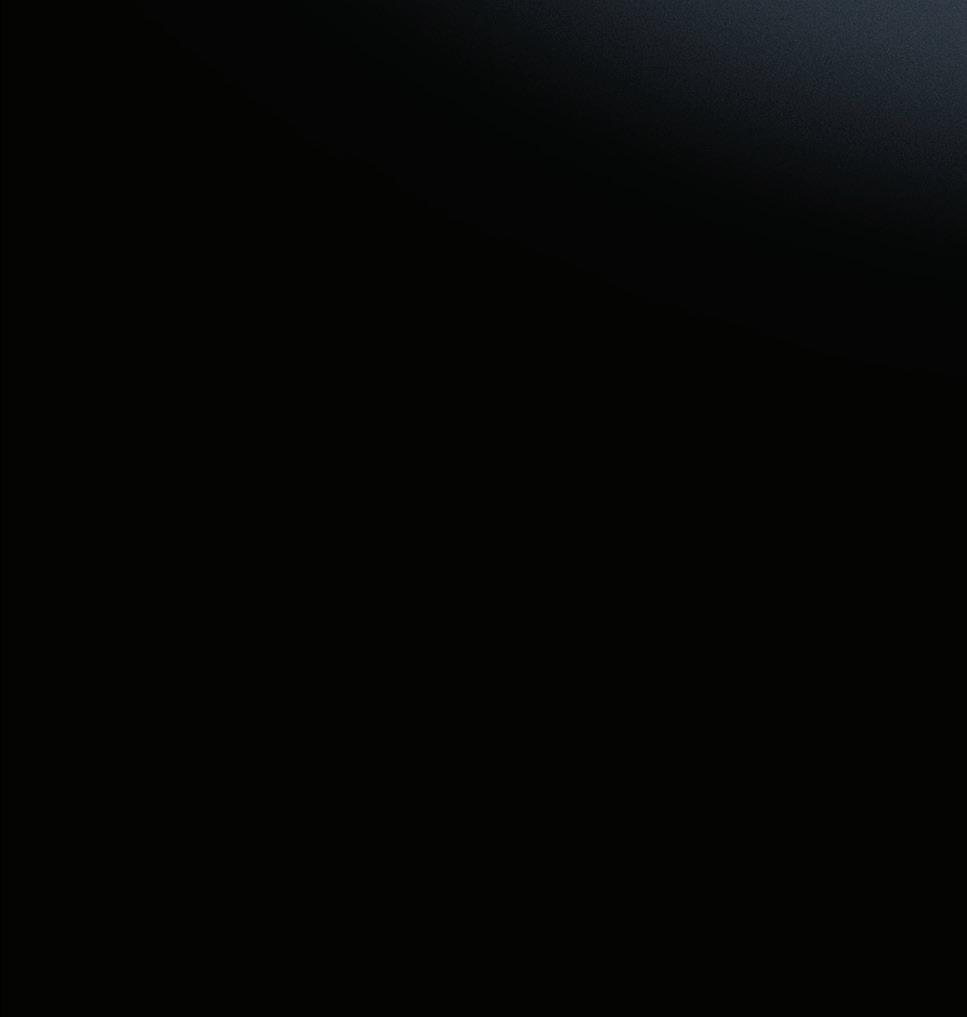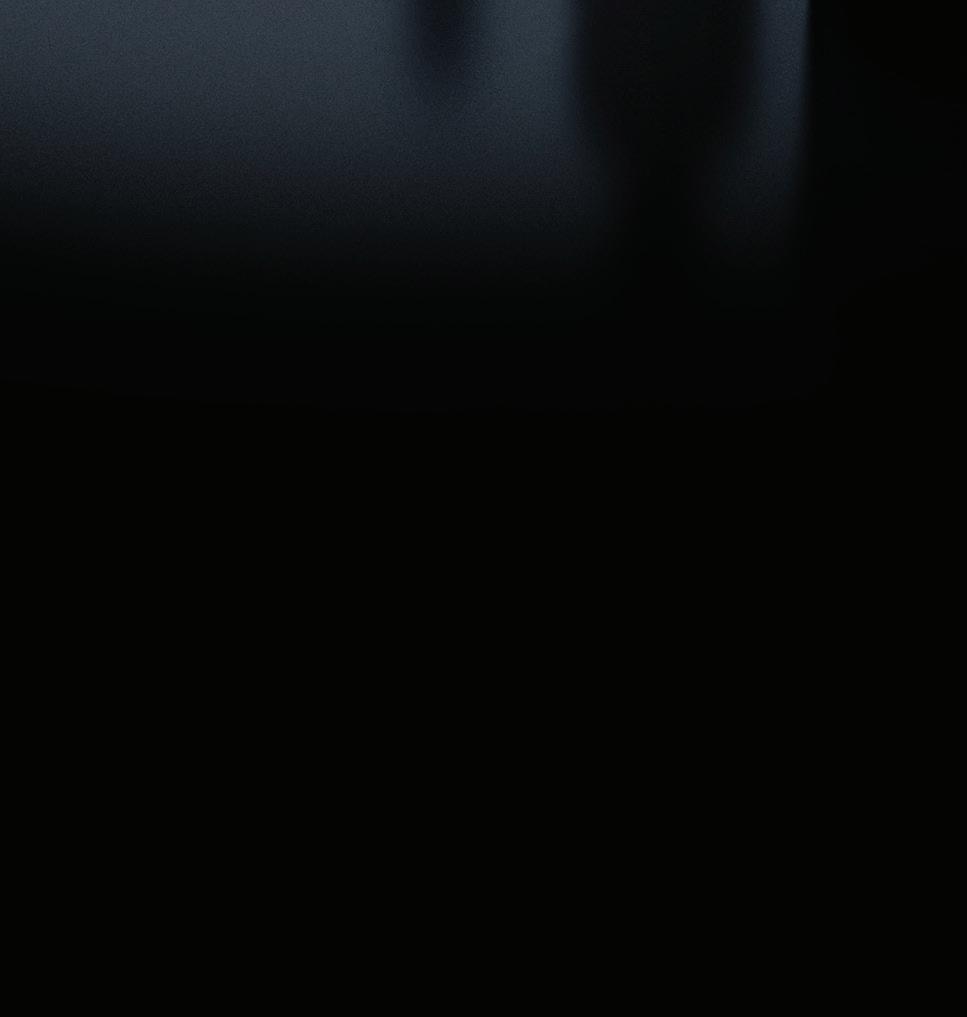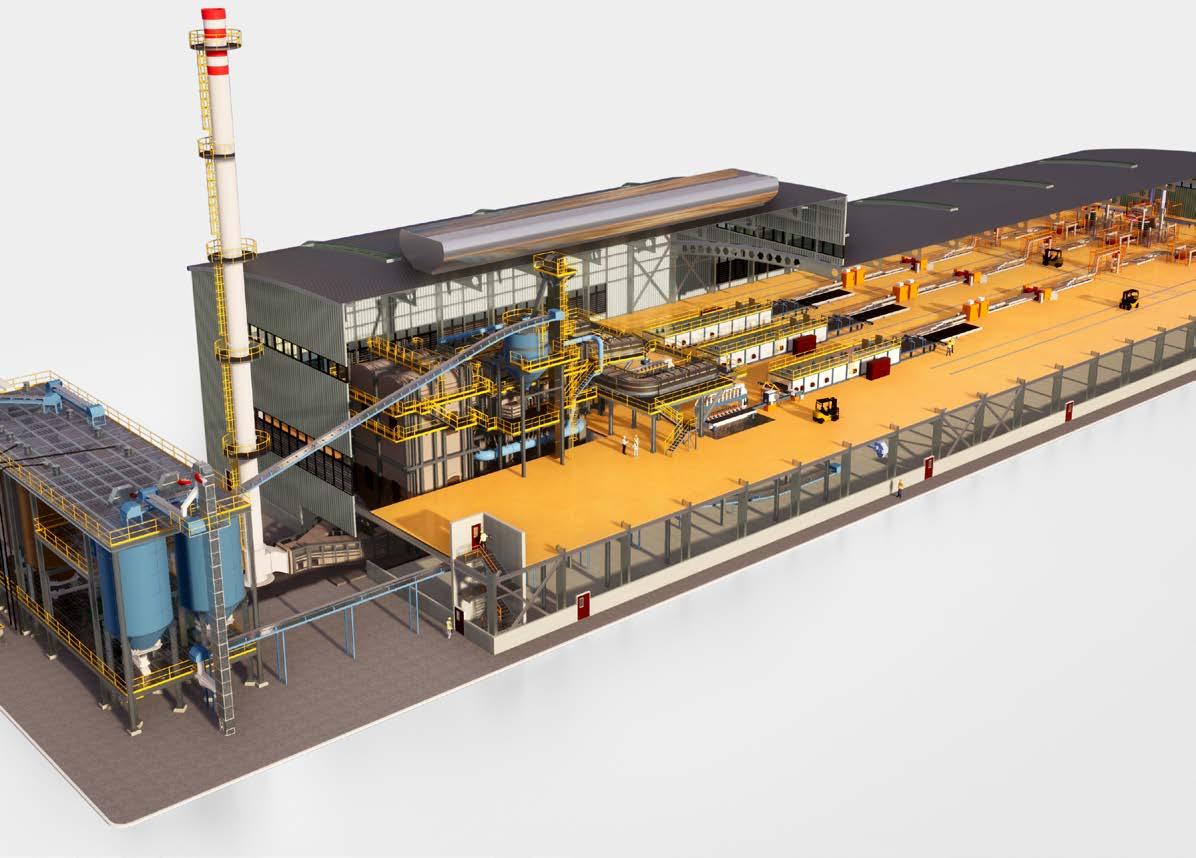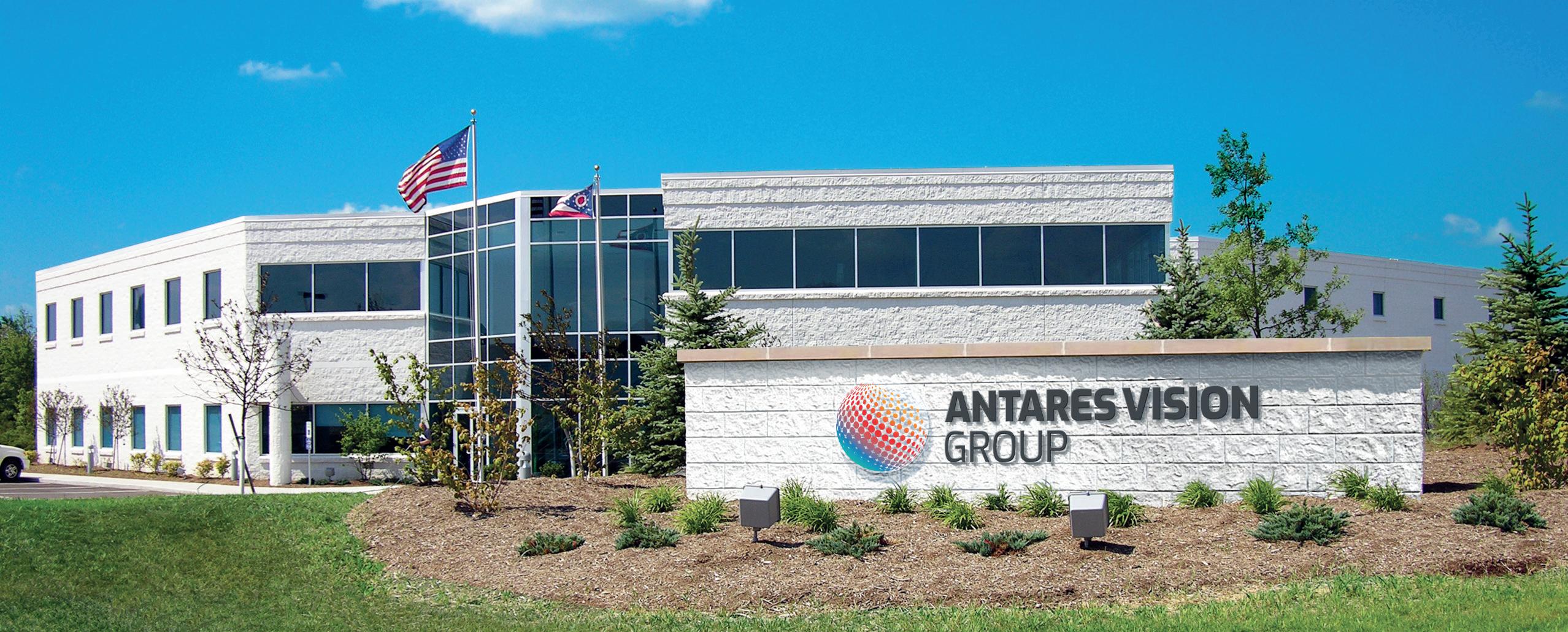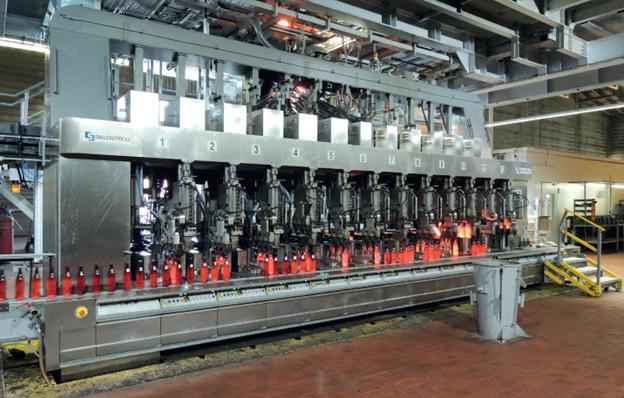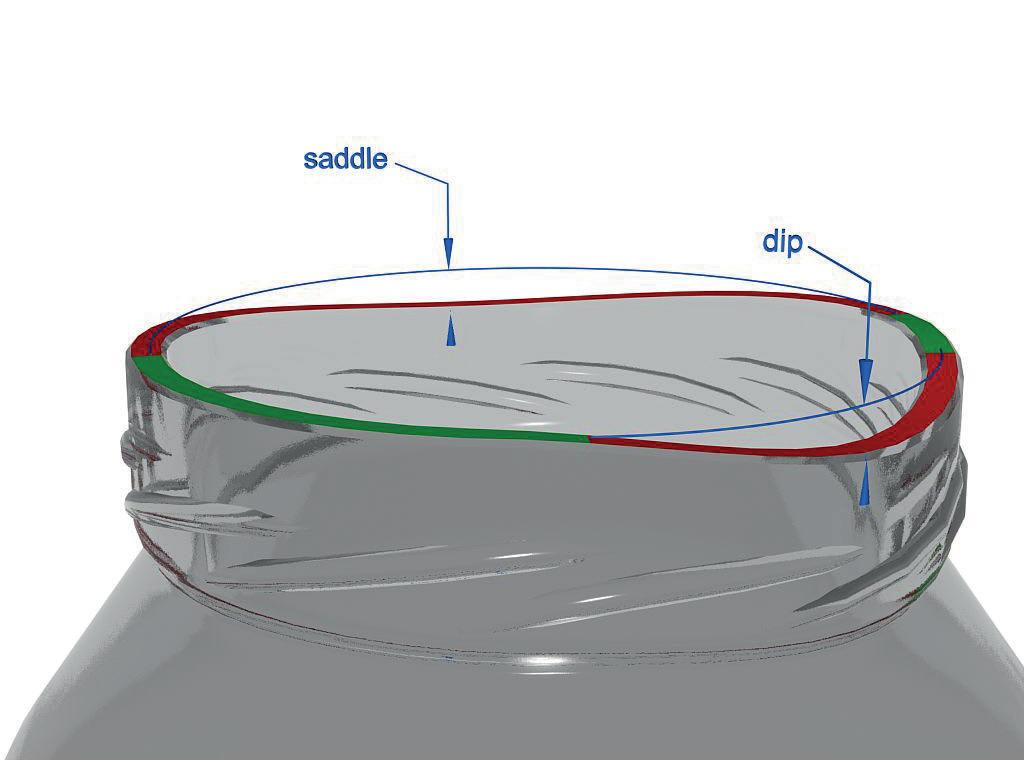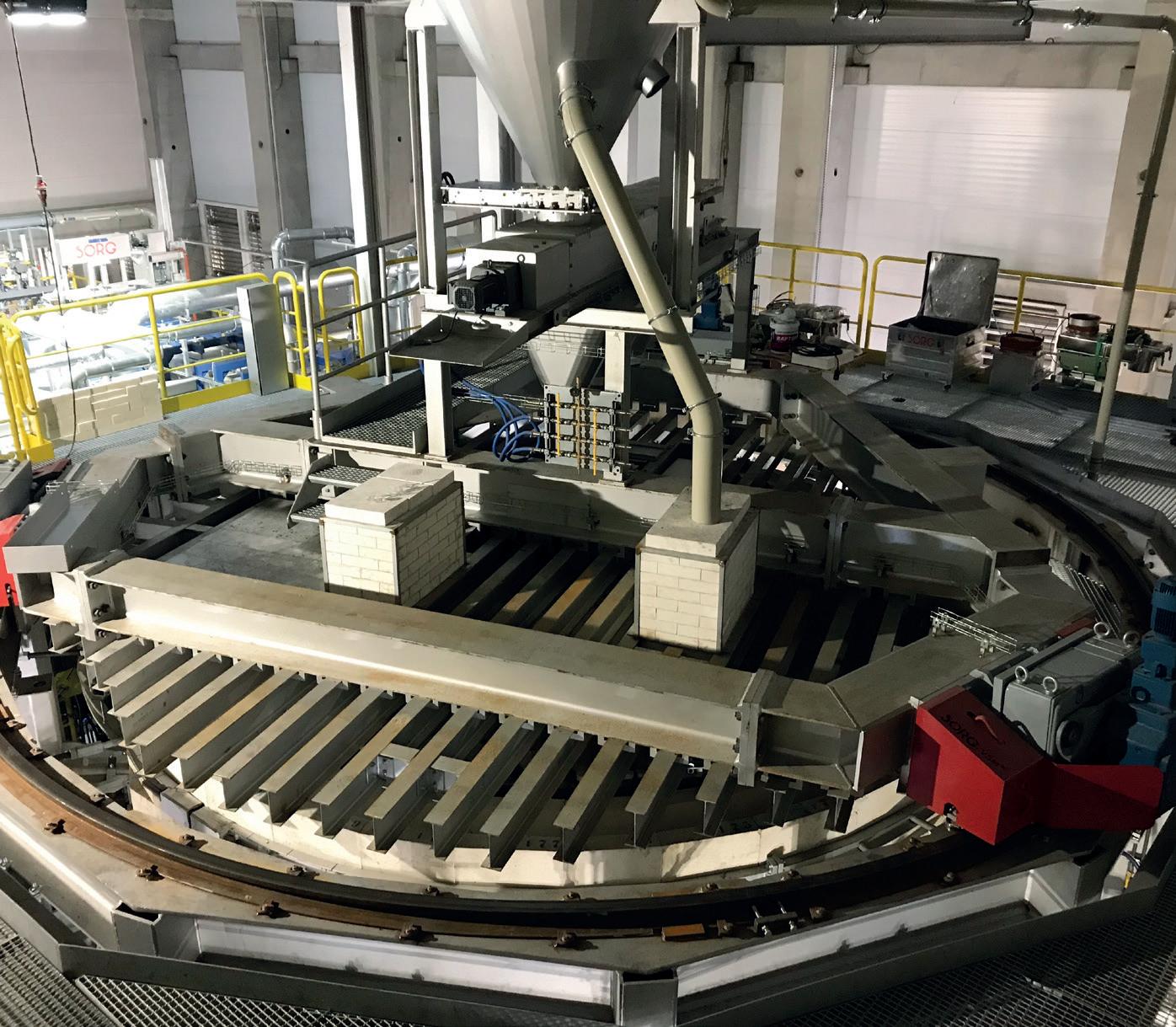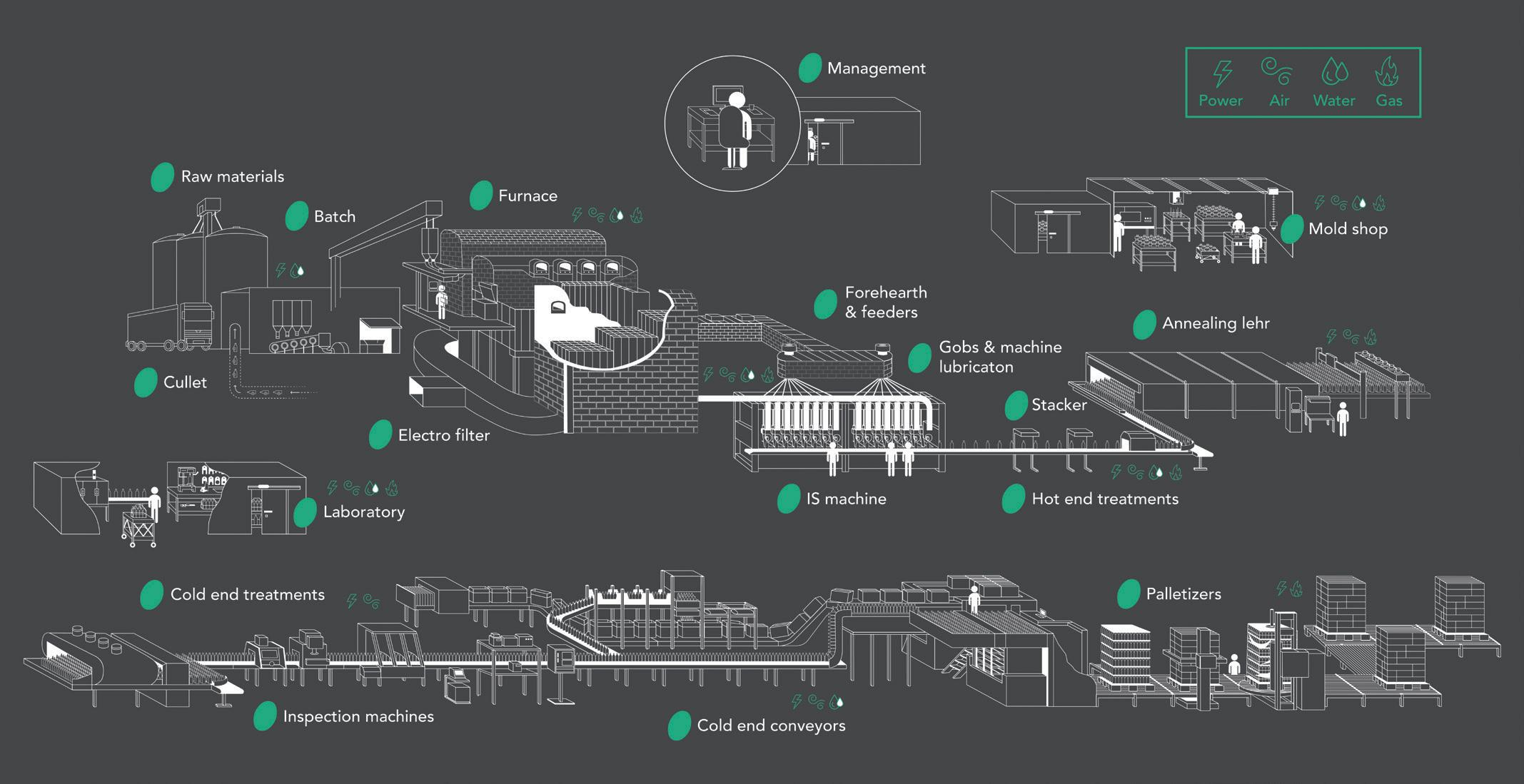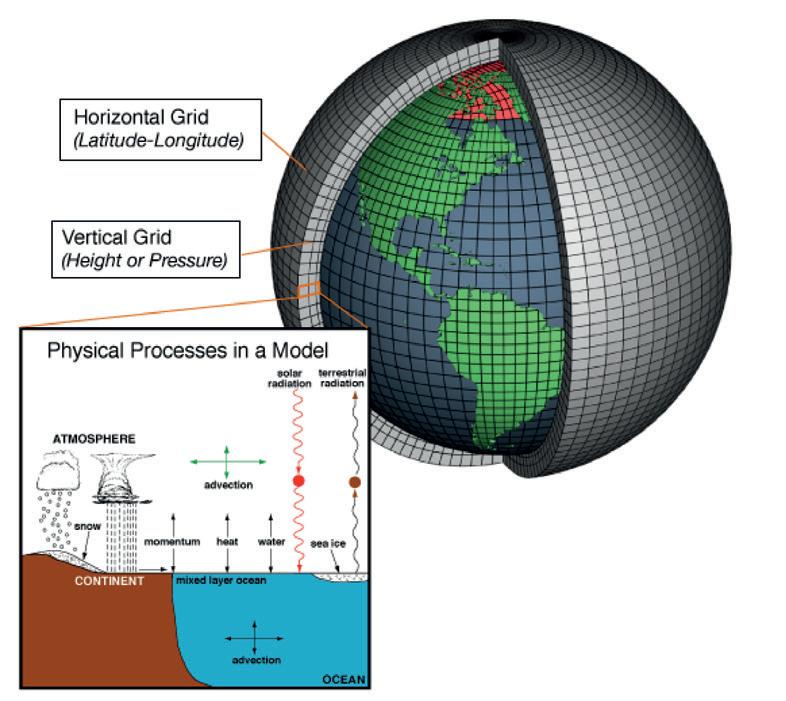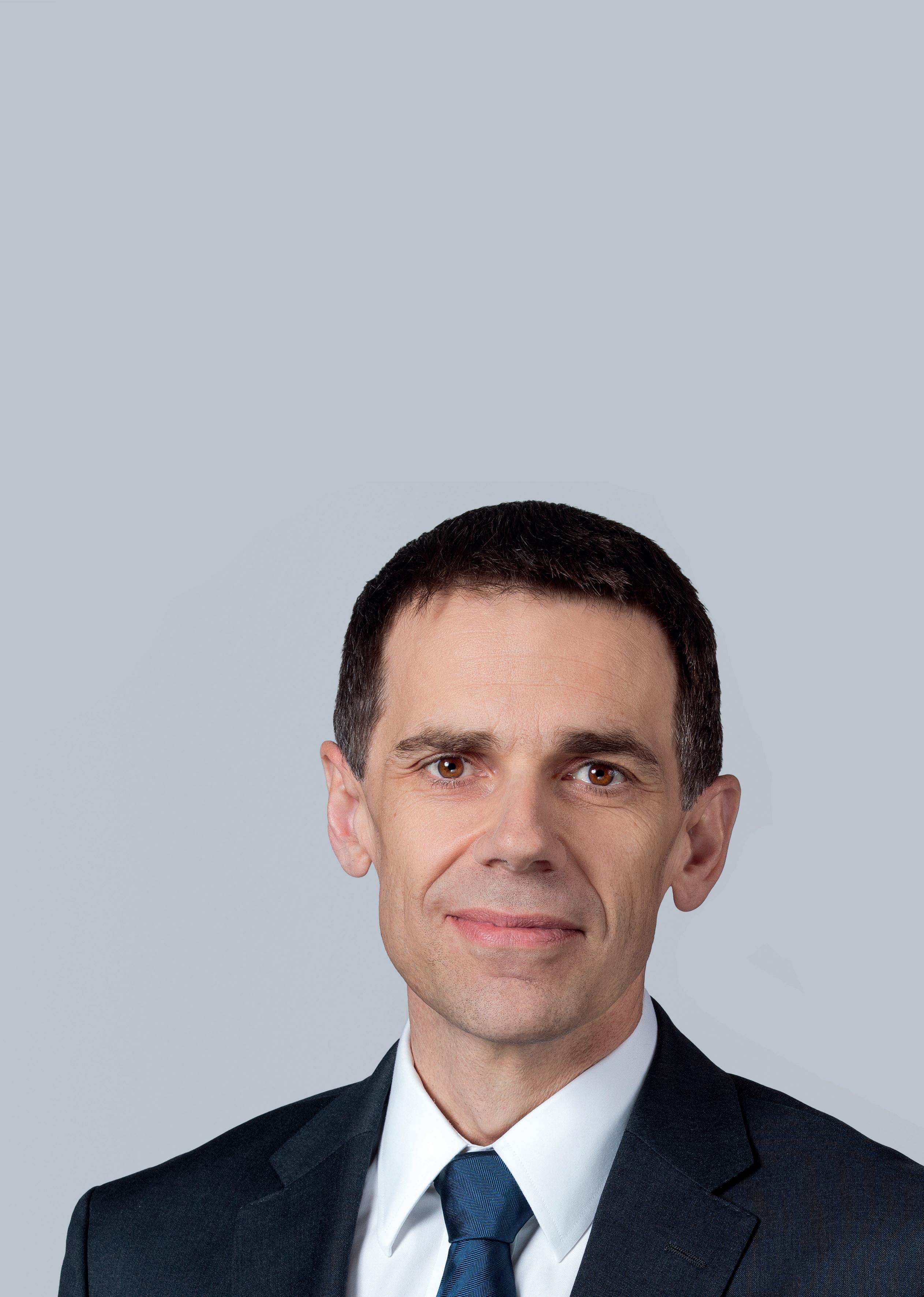
10 minute read
People profi le: Emhart Glass President
Embracing digital technology for glassmaking
In his first major interview since being appointed President of Bucher Emhart Glass 18 months ago, Matthias Kümmerle explains how he intends to continue the company’s focus on digital technology. He believes not only does digital technology improve a glass plant’s production efficiency but it can also help with the climate challenge.
For Matthias Kummerle, the opportunity to lead the Swiss company was one that was too good to turn down. Prior to taking on the role of President, Matthias had worked in the glass industry for 15 years, the last 10 of which saw him leading Emhart’s Research & Development department. And during that time, he developed a passion for both glass manufacturing and the company.
“It goes without saying that I was very excited and honoured to get this opportunity. I’d spent most of my career in the glass industry, and I started out at Emhart as a young engineer. I continue to be fascinated by glass production and the breadth of the technical disciplines and challenges it brings. On top of that, I love the spirit of the industry, and I really enjoy the collaborations with our customers. Put simply, hardly a day goes by when I don’t learn something new about glass manufacturing,” he states. “Getting the opportunity to lead Emhart, one of the technology leaders in the glass container industry, and being able to work with our great team was a fantastic opportunity.”
He has retained the company’s focus on developing the end-to-end digital technology with which the company has become synonymous, as well as maintaining Emhart’s high levels of support to its glass customers around the world.
Emhart’s strategy is to take automation of the forming process to the next level.
A prerequisite are modern machines
equipped with repeatable servo actuators and sensors that measure and acquire process data. This data is processed by advanced control algorithms and used to automate the forming process in the form of closed loops, automatic process control and robotic interventions. Emhart is investing substantial R&D efforts in all these areas.
One of the immediate focus areas is now on further reducing some of the complexity out of the advanced measurement and software systems.
“Currently, we’re missing a simplification step that will enable people with regular skill levels to be able to work with these types of systems. In other words, things have become quite complex,” explains Matthias. “We need to further increase the reliability of these systems, and we must reduce the complexity at the user level. That is one of the challenges ahead of us and this is required now if want to ensure users get the full potential of this powerful technology,” he states.
The second focus relates to customer support and securing even deeper collaborations with its partners to ensure even more successful projects. In tandem with its customers, Emhart is aiming to jointly identify and develop the best solutions for each specific case.
With its own Research & Development centre in Connecticut, USA, it is able to jointly develop and optimise applications with customers. Matthias explains that with an increasing number of Emhart customers the relationships have evolved from collaborations into partnerships.
“In every single case, we saw that such a situation became ‘win-win’ and created value for both sides. And this is our vision of how we want to offer our support to the market,” states Matthias.
Challenges
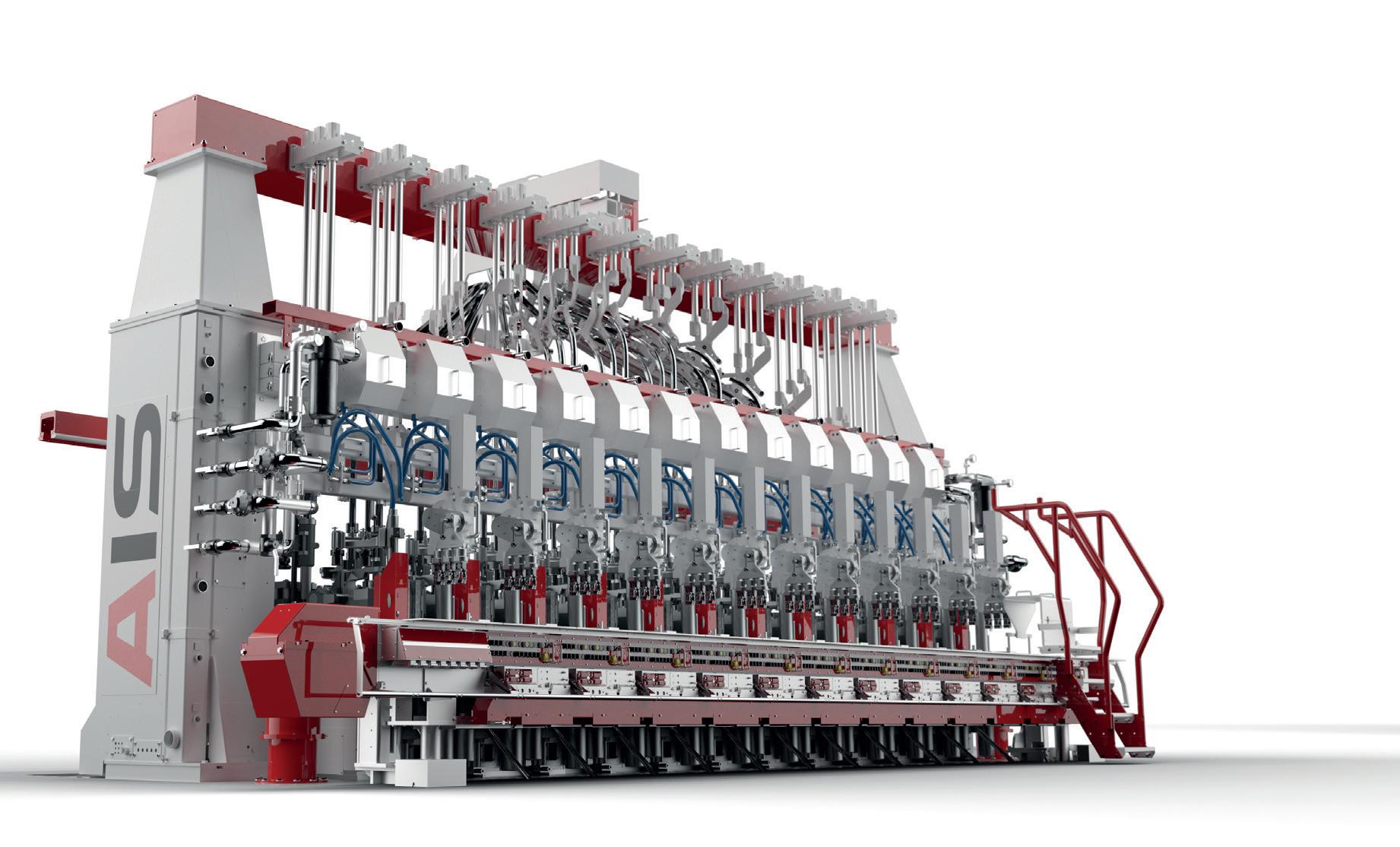
Matthias took on the role of President in January 2021 against the backdrop of the coronavirus pandemic and the various lockdowns being enforced in many countries around the globe. He admits the intervening months have proven to be something of a roller coaster ride and that more challenges lie ahead. Recalling his first days in the new role, he states:
“The main concern was how the market and business would develop. We had just started a new year and the order intake collapsed. Added to that, the market outlook was uncertain. We were looking at an L-shaped recession as being the most likely scenario at that time. Therefore, our immediate concern was whether there would be enough work for everyone or if we might have to consider restructuring,” he adds.
This was the starting point for Matthias. However, pleasingly, the demand for equipment was proving to return much faster and stronger than anticipated.
This meant that Emhart very quickly found itself in the opposite situation and began to struggle to get enough capacity. Consequently, difficulties with the globally strained supply chains, logistics bottlenecks and massive inflation rates became the dominant topic.
Furthermore, holding a solid market position and benefiting from a currently strong market environment, there’s the challenge presented by the possibility of complacency.
“For me,” he states, “the certain risk in such a situation is complacency. So, the issue here is to make sure that as an organisation we keep our feet on the ground, stay hungry, accelerate innovation, and try to improve every day so we can serve our customers in an even better way.”
Arguably the biggest challenge that Emhart and the industry as a whole are facing is that of energy and climate change and the fact that glass production has a large CO2 footprint. Companies such as Emhart and also furnace suppliers will be required to find even more ways of supporting the effort to reduce energy and CO2 emissions. The glass forming process has already contributed to the CO2 challenge by helping to improve pack to melt rates within plants and produce lightweight containers through modern forming machines and closed loop control.
“The energy and climate challenge is a topic that will not go away and it will put the glass industry, starting with Europe, and then everywhere else, under tremendous pressure. There isn’t much time left and the types of initiatives required will be complex so we must start to tackle the problem now. This will require collaboration, such as working closely with furnace suppliers and customers alike so we can find solutions together. Basically, there are no quick wins to be had. Instead, the challenge is to start developing technologies and work on initiatives now,” explains Matthias.
Leadership
The move into leadership was not a leap into the unknown for Matthias. He had already been part of the Emhart Management team for 10 years and had previously led its Research & Development department. This meant
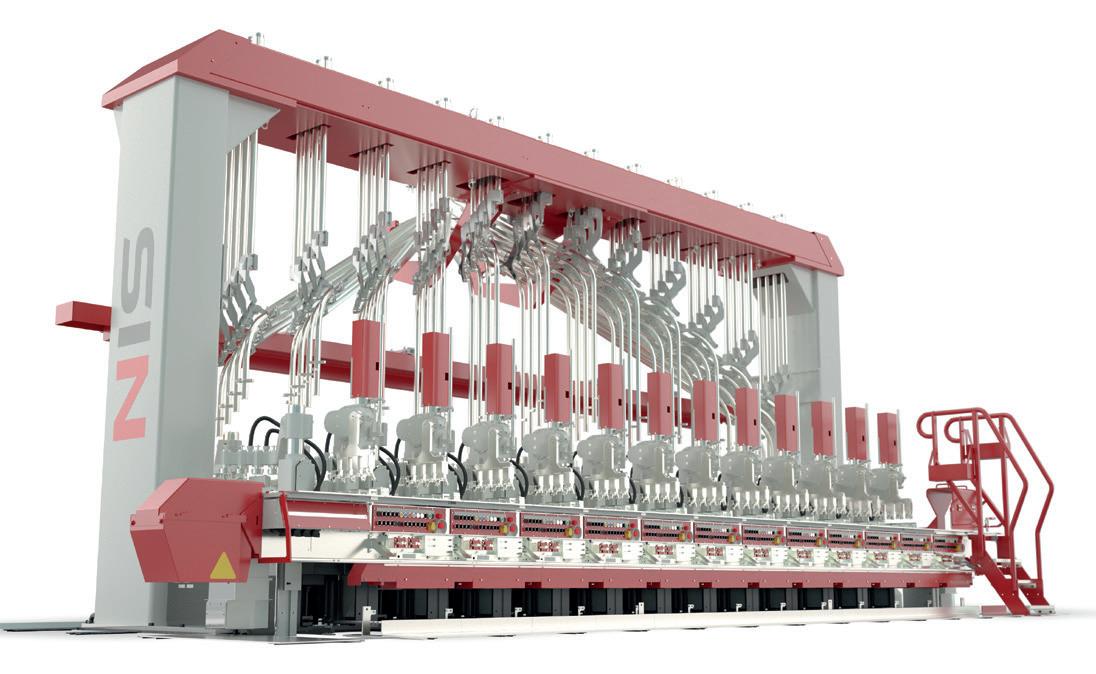
he was familiar with Emhart’s organisation and processes, its technology, products, and services, and he’d already met many of Emhart’s customers, partners, and suppliers.
And throughout his time at Emhart, he’s enjoyed working for the company. As he puts it:
“I believe that if I didn’t enjoy it, I wouldn’t have been good at my job and I’d never have got the chance to take on this role. You have to like what you do if you’re going to do it well!”
Matthias intends to continue the culture he’s already been nurturing internally at Emhart, which is one of a flat hierarchy with an open office space. He doesn’t have an office of his own and openly encourages colleagues to approach him directly if they need to talk to him. This is part of a company-wide effort to break down organisational silos and encourage cross-functional teamwork.
Matthias doesn’t believe in managers simply telling people what to do. He wants people to take ownership of problems, come up with initiatives, and propose solutions.
“It means we need to entrust employees with a lot of responsibility and encourage them to move out of their comfort zones and accept that mistakes can happen. Actually, I’m convinced this has been the Emhart culture all along because this is how people grow. And we need to foster that because our people are the backbone of the company,” he adds. “And I believe my own style reflects that culture quite well.”
Matthias cites Emhart’s former President, Martin Jetter, as being an influential figure in his career to date. It was Mr Jetter who originally appointed Matthias to lead Emhart’s R&D drive and he was the manager Matthias has worked the longest with.
“He taught me the power of positive energy and the importance of believing in something and persevering with it. The power of partnerships and those resulting ‘win-win’ situations are a couple of examples of how working with Mr Jetter influenced me.
Digital technology
Emhart will unveil a large number of exciting new products and technologies at the forthcoming glasstec event in the areas of gob and container forming, end to end technology, cold end inspection and service offerings, aiming to address some of the aforementioned challenges.
Emhart’s offering includes a focus on data collection and how the company now has the infrastructure in place to enable customers to collect synchronised data from the forming and inspection process to get full traceability. All production parameters, including machine settings and sensor data, are linked with a unique identifier that allows them to be mapped.
“It means we can follow the bottle for the entire process – by this I mean from the moment the bottle is cut to the moment it is read and inspected,” he clarifies.
Through the Advance Data Interface, Emhart can give customers access to the synchronised data, which can be fed into any plant management system or used for the customer’s own analysis. Over the past two years, Emhart has developed applications and services that will enable the next level of process and control, process monitoring and provide full transparency over the forming and inspection process. Maybe most importantly, the availability of the data can assist a glass plant in its transformation process to become more data-driven and enable a data-driven culture.
“Glass producers that are going on this journey are changing how they operate and are becoming more data-driven and more analytical about their operations. They typically end up on an improvement trajectory that ultimately results in increased output,” explains Matthias.
The use of this data and digital technology also enables plants to become more efficient and gives them more control over the manufacturing process. Added to that, the concept of digital technology is a useful way by which young talent can be attracted to the industry.
Next steps
Matthias believes there will be a modernisation wave in forming machines over the next 10 years that will see more flexible machines covering wider product ranges and machines that are better prepared for more robotic automation. The use of process control, sensors, and robotic interventions around the machines will also increase. Interconnectivity already exists between hot and cold end equipment but it will increase to include other areas such as furnace systems. Artificial Intelligence (AI) will also become more prominent in analysing the large data amounts, particularly in the area of glass inspection technology.
“Inspection technology will be hard to recognise compared to what we have in place today. It will allow the automatic set-up and the reliable classification of defects based on AI, which is an area where we will see tremendous progress.
“We are seeing algorithms based on AI that are far superior conventional inspection algorithms, and the results from the machine are now becoming more reliable than results determined by the eye.
“Inspection is an area where those technologies are already working well but we are just at the beginning. I’m pleased to say there is much more to come,” enthuses Matthias. �
